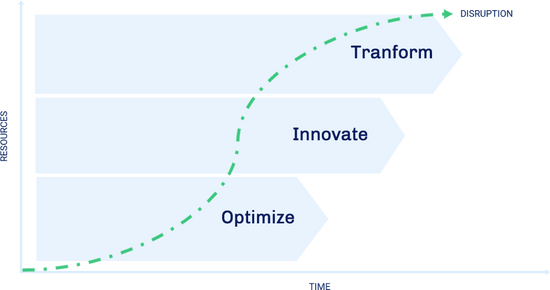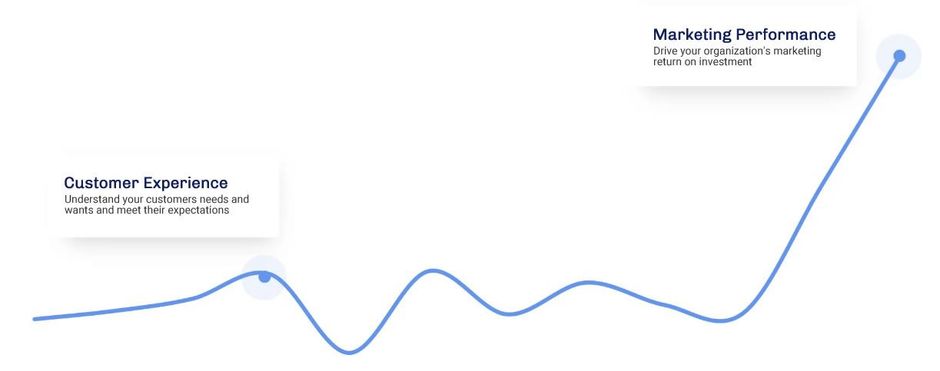
Regain Control of
Marketing Operations
Building a modern marketing capability and infrastructure that is scalable and profitable through the FAPI Marketing Framework starts with a conversation.
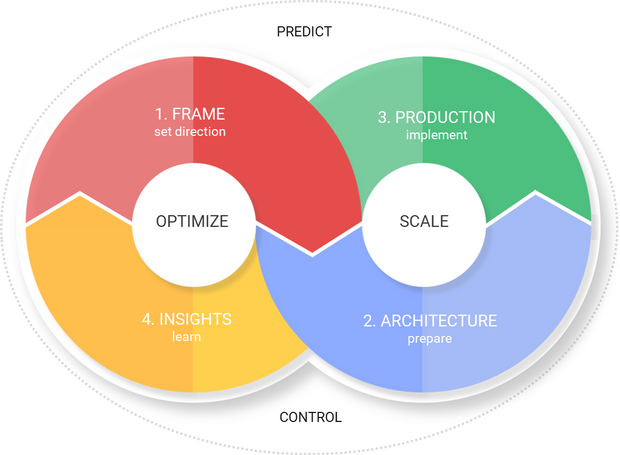
Supporting Business Leaders Address Modern Marketing Challenges
As marketing management consultants, we specialize in assisting businesses to stay at the forefront of dynamic marketing and technological advancements. Leveraging our expertise in marketing and IT, we provide comprehensive support in implementing cutting-edge marketing systems that effectively utilize technology to drive success.
Change marketing direction
Re-engineer your marketing model to shift the marketing direction and alter your business's core value proposition, target audience, or channels to market
Identify marketing opportunities
Adopt a proactive approach in identifying and pursuing new marketing opportunities and technologies capitalizing on innovation
Improve marketing performance
Focus on enhancing your current marketing performance. Streamline marketing processes, capability resources and optimize execution potential
Vision, Support & Knowledge. At Your Pace
Customer success is our priority, whether it means developing marketing strategies and plans or supporting marketing execution. We provide comprehensive support and guidance to businesses at any stage of their marketing lifecycle by developing customized strategies tailored to each client's specific needs.
Marketing Strategy
Review your organization's overall approach and direction chosen to achieve its marketing objectives
Tactical Planning
Map the specific actions and initiatives that support the implementation of your strategy
Project Management
Develop a systematic process of planning, executing, and controlling marketing projects
Team Training
Enhance the skills, knowledge, and capability within a team to improve performance
Resources Planning
Evaluate and assessing the available resources, such as budget, personnel, and tools
Function Realignment
Reorganize the marketing functional area to align with strategic objectives
Resources & Insights
Find information and tools for individuals and organizations looking to enhance your team's marketing management skills. Practical guides, templates, and articles on various topics such as leadership, project management, and team building.
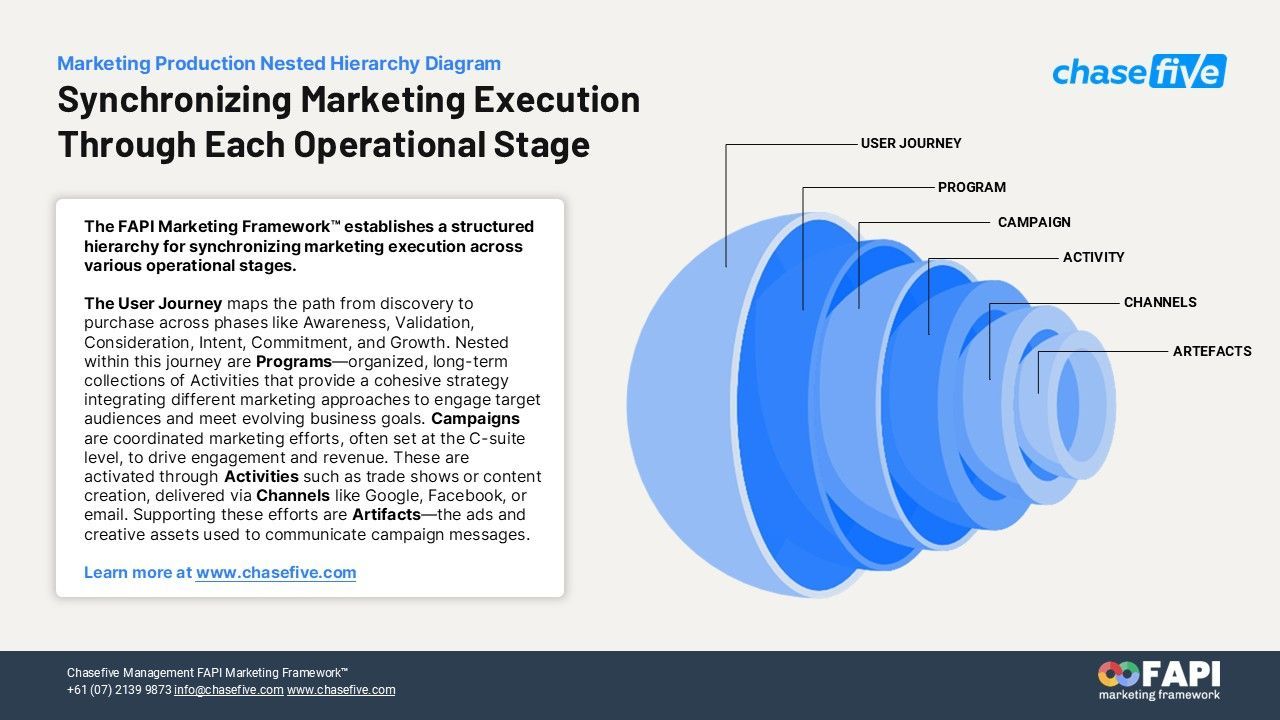
Marketing production hierarchy diagram, synchronising marketing execution through operational stages
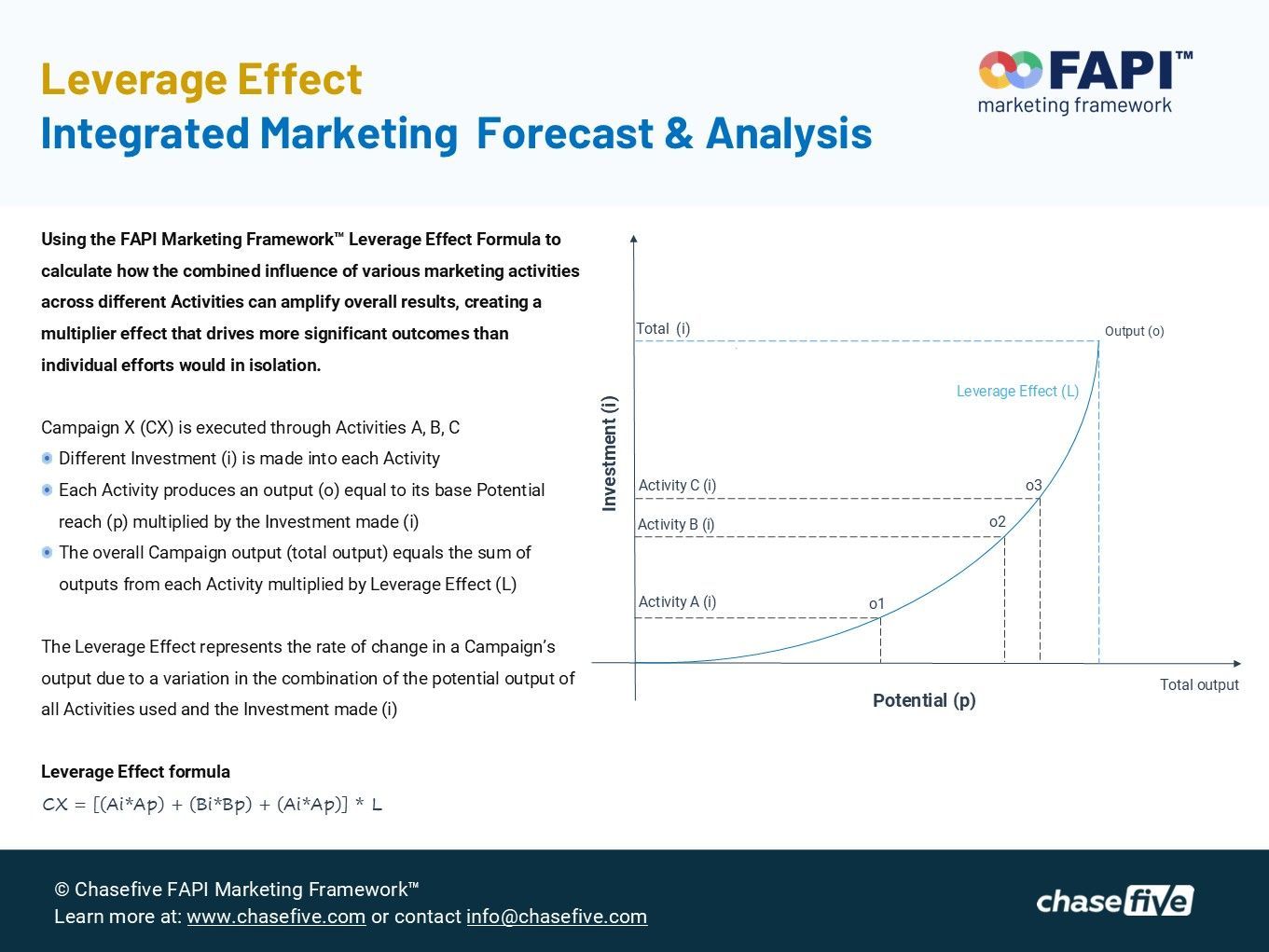

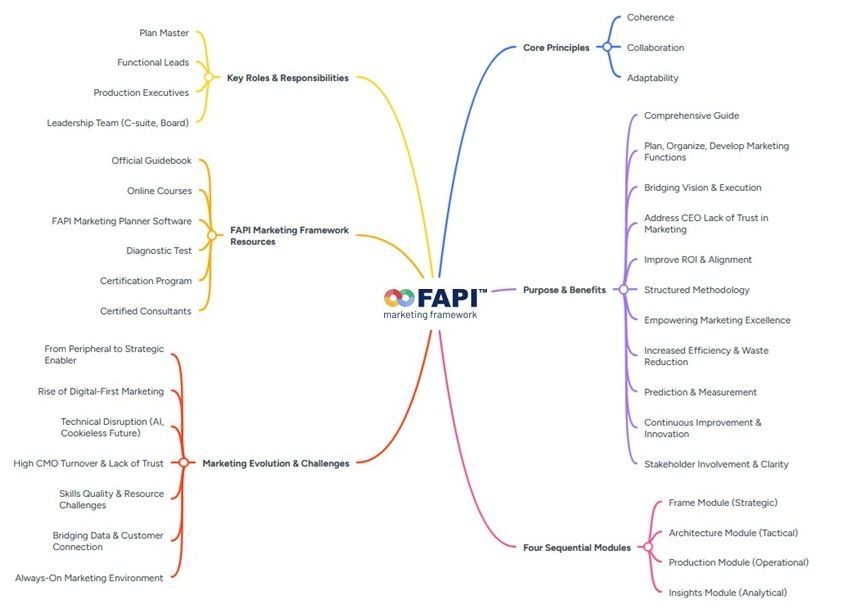
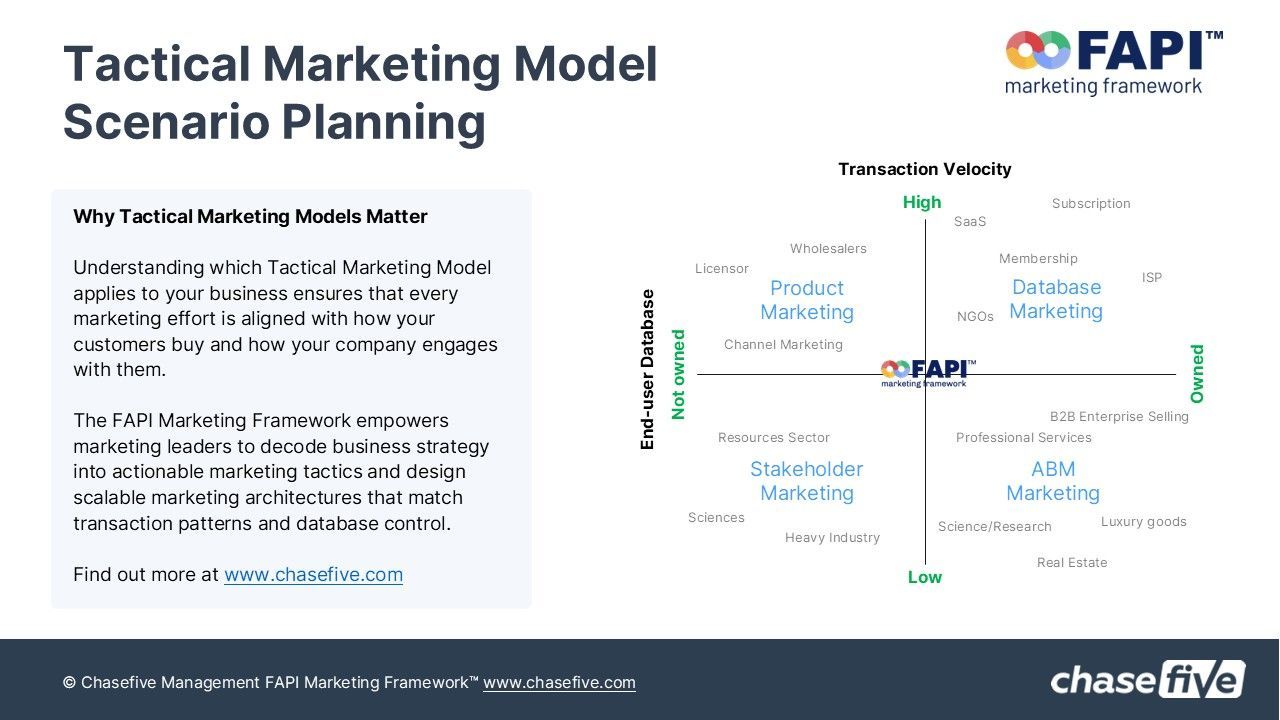
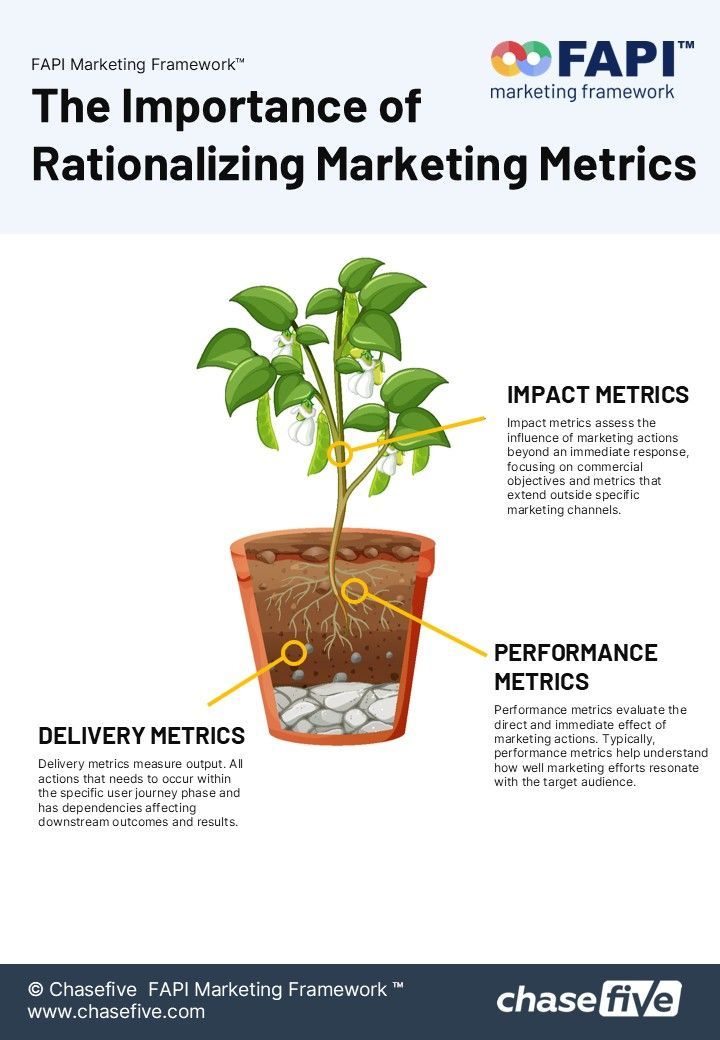
Ready for a chat?
Intrigued, interested, bewildered or simply would like to know more?
or call 072139 9873

